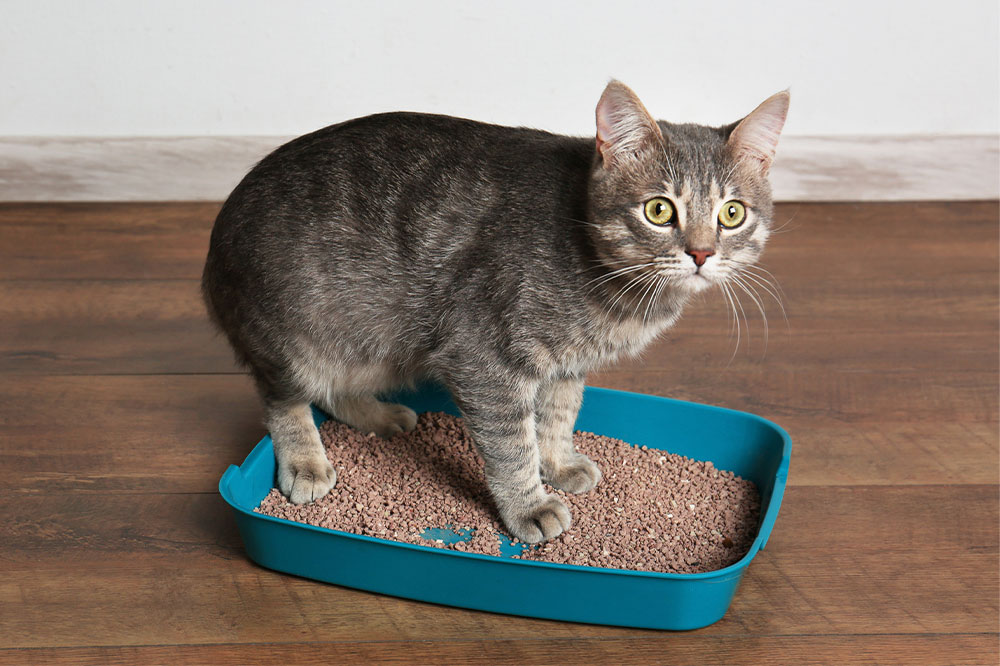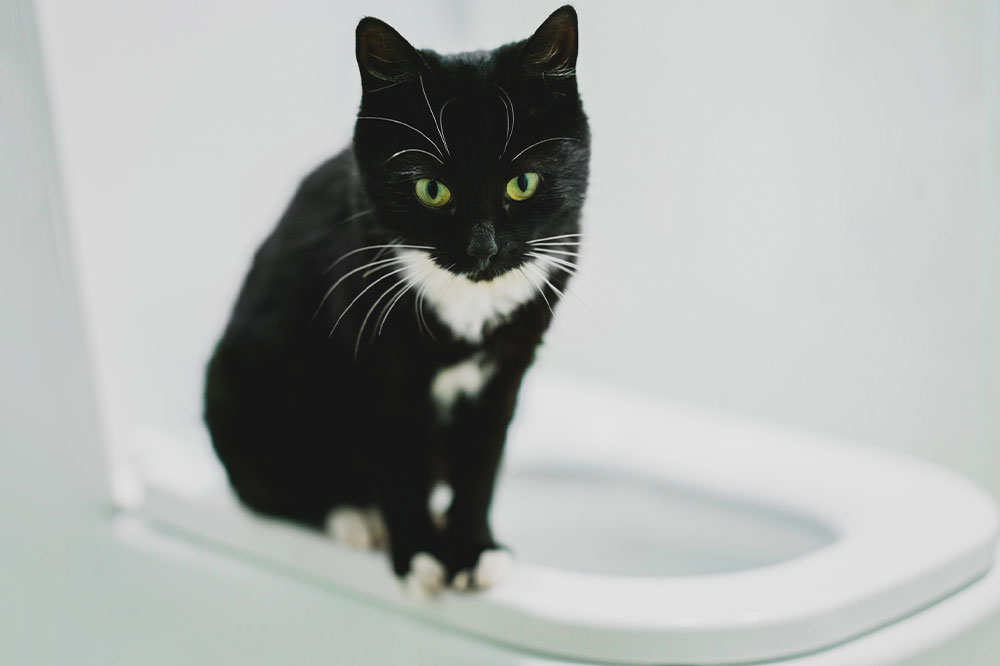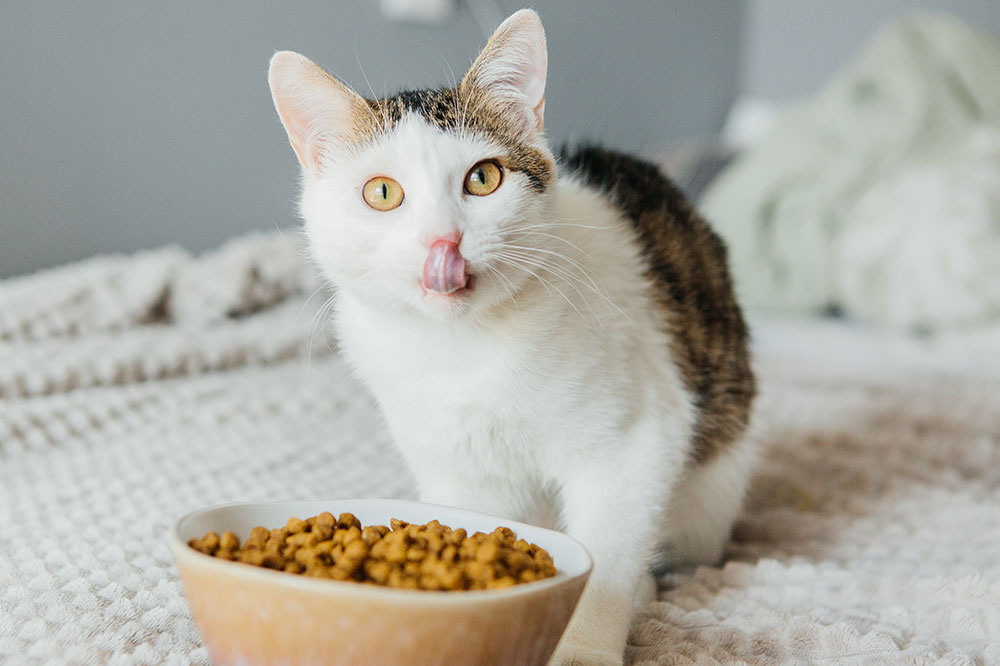
3 simple ways to treat fleas and tick infestation in dogs
As a dog owner, one of the biggest concerns to tackle is fleas and tick infestation. These parasites feed off the pets’ blood, causing excessive scratching and irritation. There is a variety of flea and tick repellents in the market. However, it is necessary to be aware of natural remedies. The following article lists some of the most effective treatments to manage flea and tick infestation in dogs at home: Clinical options Before discussing natural remedies to manage flea and tick infestation in dogs, it is also important to be aware of clinical treatment options. Simparica® This is one such option that prevents flea and tick infestation in dogs. The FDA-approved oral treatment option can be given once a month which remains effective for up to 35 days. Other treatment options Other options include Bravecto® and K9 Advantix®, where the latter is a topical treatment used on a monthly basis, and the former is an oral treatment option used once in three months. Bravecto® can also be used for getting rid of heartworm. Foods to eat Experts say that fleas and ticks are likely to attack weak and unhealthy animals. If your dog is given healthy and nutritious foods, fleas and tick infestation won’t be a problem.
Read More 










